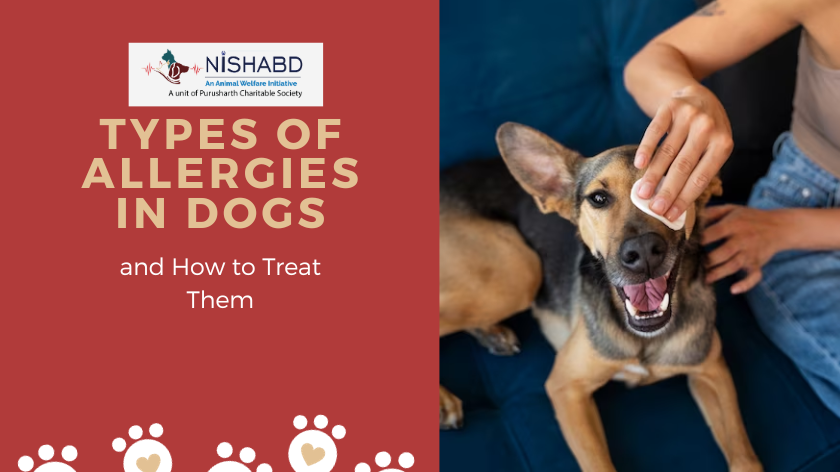Barking Up the Right Tree: A Guide to Tackling Allergies in Dogs

Our furry companions bring boundless joy into our lives, but sometimes, they face health challenges like we do. Allergies in dogs are more common than you might think, and they can cause discomfort and distress to your four-legged friend.
Let’s explore the world of allergies in dogs, from understanding the symptoms of environmental allergies to practical tips on managing and alleviating their discomfort.
Understanding Allergies in Dogs
“A dog is the only thing on earth that loves you more than he loves himself.” – Josh Billings
- What Are Allergies in Dogs?
Allergies in dogs are hypersensitive reactions to substances in the environment or diet. These substances, known as allergens, trigger an immune response in your dog’s body. - Types of Allergies:
Dogs can experience various types of allergies, including food, flea, contact, and environmental. - Environmental Allergies:
We’ll focus on environmental allergies often triggered by pollen, dust mites, mould spores, or certain plants.
Identifying Environmental Allergies in Dogs
- Common Symptoms:
Environmental allergies in dogs can manifest in various ways, including itching, redness, skin inflammation, ear infections, and gastrointestinal issues. - Seasonal Patterns:
Pay attention to when your dog’s symptoms occur. Seasonal patterns indicate environmental allergies, such as pollen allergies. - Diagnostic Tests:
If you suspect allergies, consult your veterinarian. They may recommend diagnostic tests, such as skin or blood tests, to pinpoint the allergen.
Managing Environmental Allergies
“Action is the foundational key to all success.” – Pablo Picasso
- Allergen Avoidance:
Limiting your dog’s exposure to the allergen is the most effective way to manage environmental allergies. Also, this might include keeping them indoors during high pollen seasons or using allergen-proof covers for bedding. - Bathing and Grooming:
Frequent baths and regular grooming can help remove allergens from your dog’s fur and skin. - Medications:
To alleviate symptoms, your veterinarian may prescribe antihistamines, corticosteroids, or allergy shots (immunotherapy). - Dietary Changes:
In some cases, dietary changes may be necessary to address food allergies, which can exacerbate environmental allergies. - Supplements:
Omega-3 fatty acids[1] and certain supplements can help support your dog’s skin and coat health, reducing the impact of allergies. - Consult Your Vet:
Always consult your veterinarian before starting any treatment regimen. They can provide guidance tailored to your dog’s specific needs.
Prevention and Long-Term Care
“Prevention is better than cure.” – Desiderius Erasmus
- Regular Vet Visits:
Schedule regular check-ups with your veterinarian to monitor your dog’s condition and make necessary adjustments to their treatment plan. - Allergen Testing:
Consider allergen-specific immunotherapy (allergy shots) for long-term management if the allergen is identified. - Clean Living Environment:
Keep your home clean, use air purifiers, and regularly wash your dog’s bedding to reduce allergen exposure. - Patience and Love:
Lastly, remember that managing allergies in dogs can be a journey. Be patient, show love and care, and your furry friend will appreciate your support.
In conclusion, allergies in dogs are a challenge. Still, with understanding, proactive management, and the guidance of a trusted veterinarian, you can help your beloved pet lead a comfortable and happy life. Allergies might be a part of their story, but they don’t define your dog’s entire journey.
Together, you’ll overcome these hurdles and continue to share the joy and companionship that only a dog can bring.
Read our Article: 3 Types of Dog Skin Cancer
